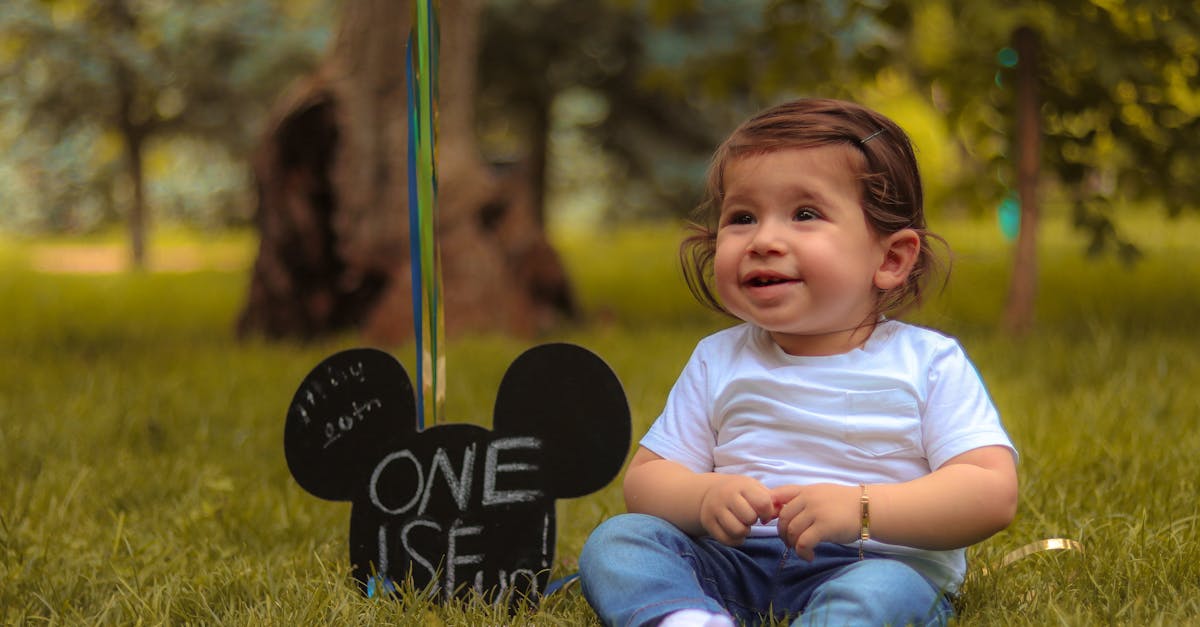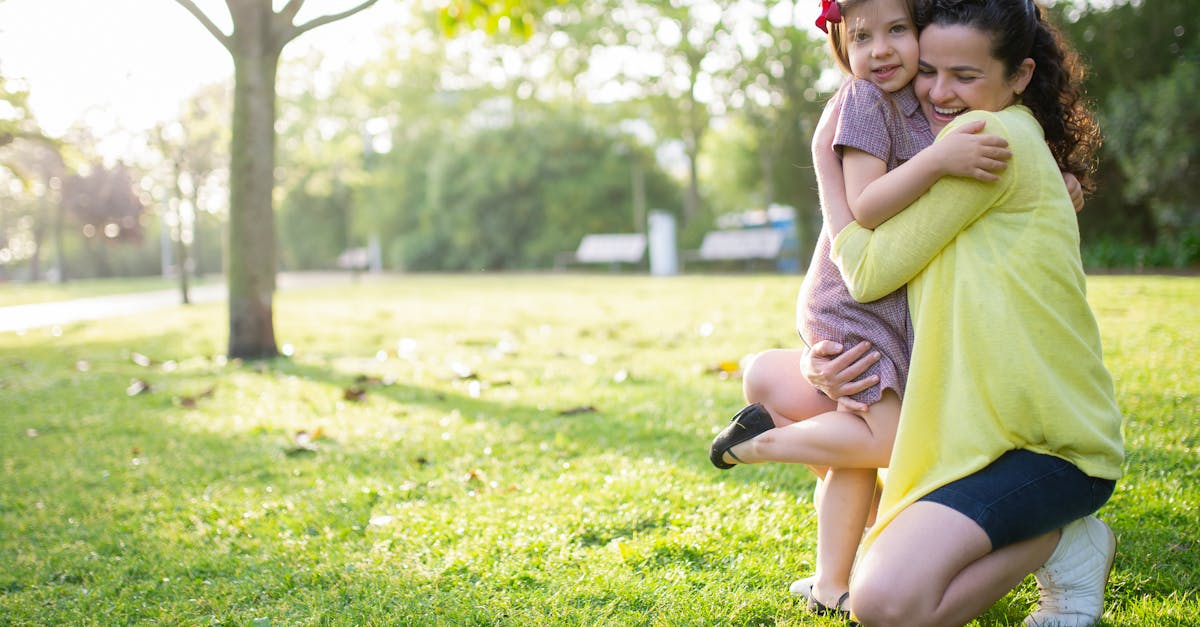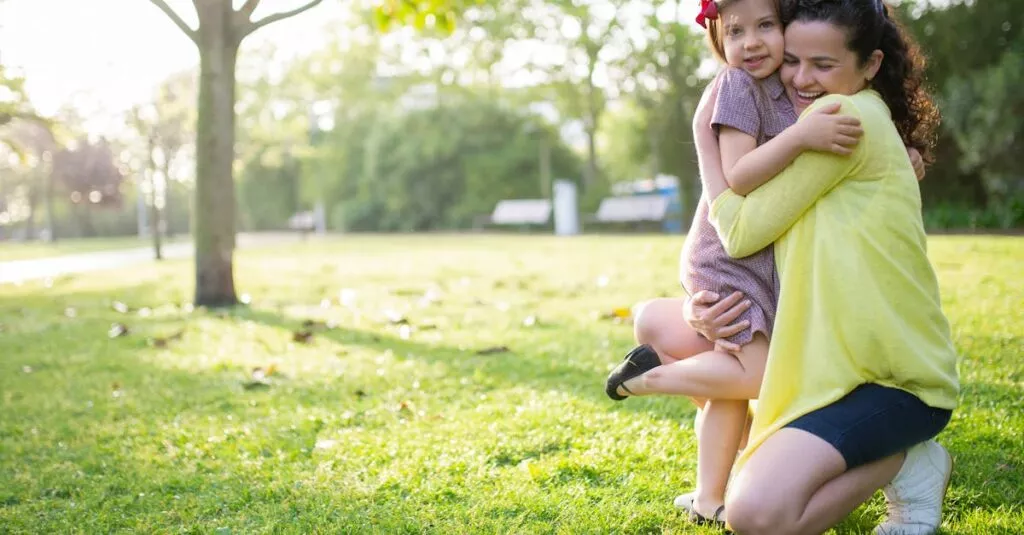Kickstart Gratitude with Simple Rituals
In a world where ‘please’ and ‘thank you’ are often forgotten, teaching our tiny tots about gratitude might feel like climbing a mountain. But fear not! Introducing gratitude into your preschooler’s life doesn’t require superhuman efforts. Start simple. Maybe it’s mentioning one thing they’re thankful for at dinner or drawing pictures of happy moments. These rituals, small as they may seem, lay the groundwork for a lifetime of thanks.

Storytime: Gateway to Thankful Hearts
Who doesn’t love a good story? Especially when the adventurous characters embark on journeys discovering not only treasures but also the value of thankfulness.
Choose bedtime stories that underscore gratitude and discuss the moral of the story afterward. It’s a cozy, cuddly way for your little ones to learn and reflect on the blessings in their own lives.

Creative Crafts: Thankfulness in Action
Nothing says fun like getting your hands dirty, or in this case, sparkly with glue and covered in paper scraps. Use craft time to make ‘Thank You’ cards for friends and family or a ‘Blessings Box’ where your child can store reminders of what they’re thankful for. These activities make gratitude tangible and teach children that expressing thanks can be a creative and joyful process.

Include a picture description here.
Nature Walks: Gratitude Through God’s Creations
There’s no classroom quite like the great outdoors. Walking in nature allows children to see, touch, and feel God’s creations first-hand. Encourage your child to talk about what they’re grateful for as they pick flowers or watch the clouds. This natural wonder not only nurtures their spiritual connection but also highlights the beauty of creation and the importance of caring for it.

Music and Movement: Grooving to Gratitude
Turn up the volume on thankfulness with songs and dance that celebrate gratitude. Whether it’s a simple tune about saying thanks or a dance party to express joy for the day’s blessings, music and movement help children connect emotions with actions. Plus, it’s a blast for everyone involved!

Let’s dive into the world of rhythm and appreciation through musical beats and groovy steps. Here’s how we can combine the power of music and movement to cultivate a spirit of gratitude:
1. Musical Journey of Thanks
Start your gratitude exploration with a playlist of songs that express thankfulness. From classic ballads to upbeat melodies, let the music fill the air with positivity and appreciation. Encourage children to sing along and feel the gratitude in every note.
2. Dance of Grateful Hearts
Get those feet moving and bodies grooving with a gratitude dance party! Create simple choreography that reflects gratitude and joy. Let the music guide your movements as you express gratitude through dance. It’s a fun way to stay active and thankful at the same time.
3. Musical Storytelling
Use music and movement to tell a story of gratitude. Incorporate instruments, props, and imaginative dance sequences to narrate tales of thankfulness. Let children immerse themselves in the music as they act out scenes of appreciation and joy.
By infusing music and movement into activities centered around gratitude, we can instill a sense of appreciation in children that goes beyond words. Let the rhythm of the music and the flow of the dance lead us to a place of gratitude and happiness.
Prayer Time: Thankfulness in Conversations with God
Prayer time is a beautiful opportunity to connect with God and express thankfulness for His blessings. Guide your child in saying short prayers, giving thanks for their family, friends, and even their favorite toys. This daily habit fosters a deep, personal relationship with God and teaches children to recognize all aspects of their life as gifts.

Encouraging Words: Cultivating a Grateful Spirit
The power of our words can never be underestimated, especially when teaching children about gratitude. Use positive affirmations and acknowledge their efforts in being thankful. Hearing ‘I am proud of you for saying thank you’ encourages them to continue expressing gratitude and shapes a kind, considerate character.

